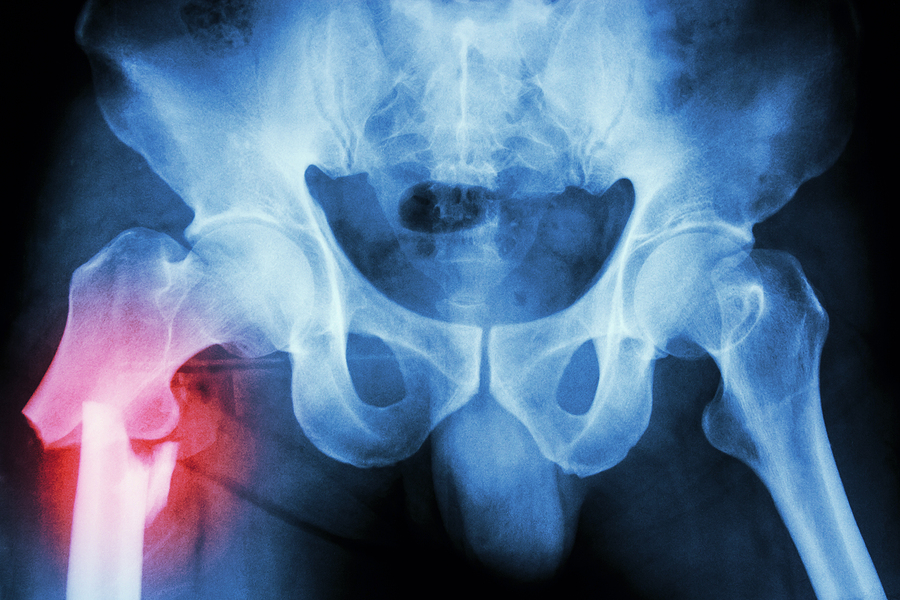We’ve all heard that they can be. But what’s the story behind that? And how can we change it?
One of the major issues is that hip fracture most often occurs in people in their 80s. In Australia, the median age is 85 for women and 82 for men.
Statistics tell us that about a quarter of people who sustain a hip fracture die within a year, though it’s worth remembering that three-quarters don’t.
We rarely hear the story told that way: that 75 per cent are alive twelve months later, in spite of the stress of breaking a hip.
A recent, large-scale Canadian study showed that those hip fracture patients who die are more likely to have other health issues such as cancer, cardiovascular disease, kidney or lung disease, or dementia. They’re also likely to be using multiple medications.
So they’re more frail, with higher care needs. Some believe there’s a vicious cycle between frailty and fractures: frail people are more likely to incur a fracture, and a fracture makes people more frail because it results in less activity while they recuperate.
The Canadian study showed that getting people to surgery within 24 hours of the fracture improves people’s chances of survival, though I wonder how well any country manages that.
What might come as a surprise is that men fare worse than women after hip fracture. That NSW study showed that men were more than twice as likely to die.
This is thought to be at least partly because they’ve often been overlooked in the conversation about osteoporosis. Things seem to be shifting, but doctors have previously been less likely to check bone density or monitor vitamin D and calcium levels in men. Of course, men have also been less likely to visit their GPs.
This means there’s less use of bone medication by older men. Among older women, statistically those using bone medication sustain fewer fractures.
Although hip fracture is typically more common in women, there’s one age group where it’s 1.6 times more likely among men. That’s in people aged 45-54, and probably reflects middle-aged men doing risky things that don’t end well.
While hip fractures are serious, there’s reason to be positive. Women today are more mindful of the need to exercise — including in their 80s — to build strength, mobility, coordination and balance and reduce their risk of frailty and falling.
We also know more about the benefits of a nutrient-rich diet with enough protein to support healthy muscle tissue.
Last year the Australian Institute of Health and Welfare published a report on hip fracture trends over the four years from mid-2013 to mid-2017.
Although our population’s getting older, the prevalence of hip fractures had dropped a bit, mostly because we’re paying bone health more attention. That’s good news.
Photo Source: Bigstock

